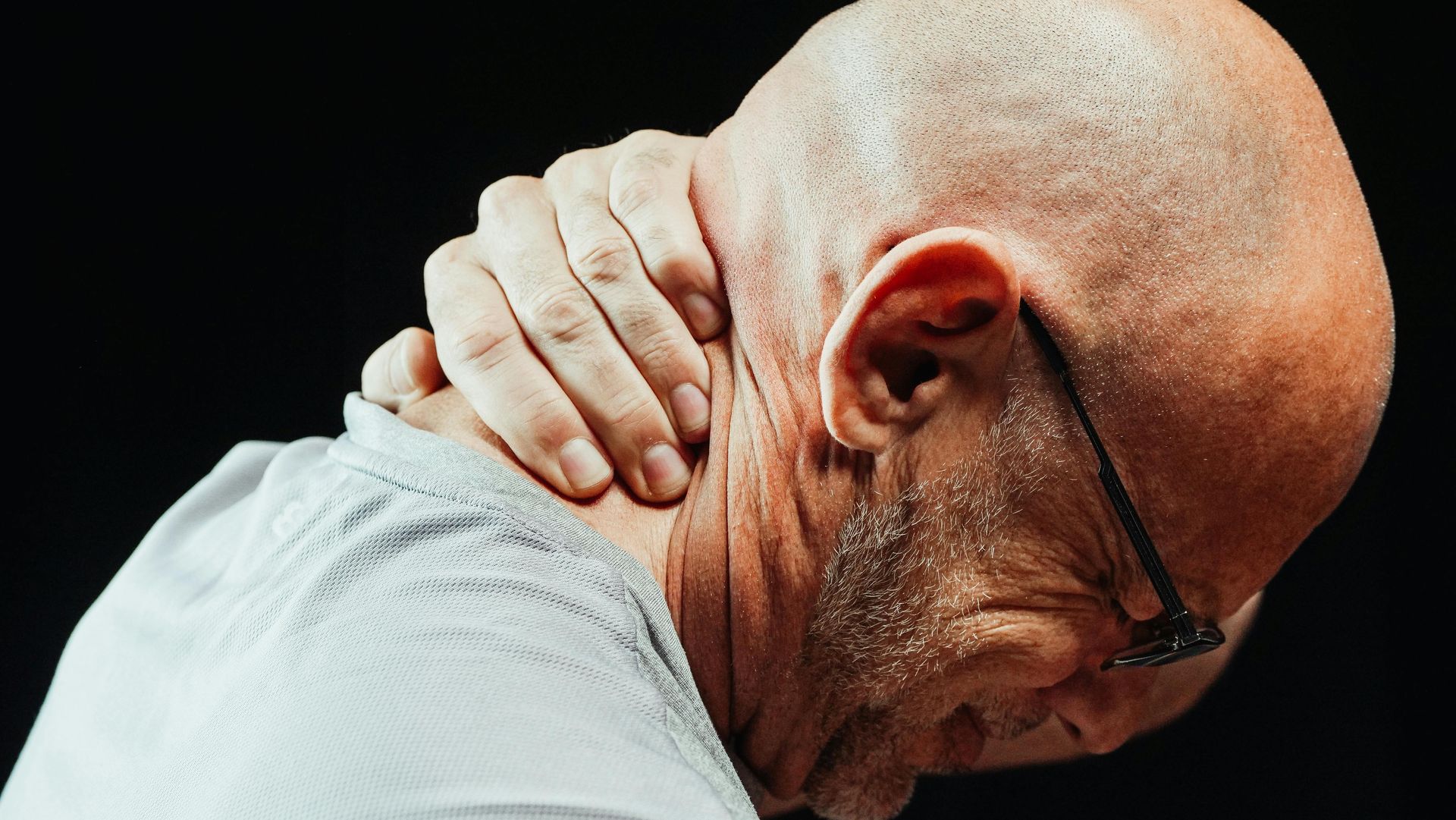5 Tips for Managing Chronic Pain on Road Trips
During the holiday months, looking forward to upcoming travel plans can be exciting and joyful — but also anxiety-inducing, especially for those living with chronic pain. Road trips can feel particularly daunting because of the many hours in a single position and, for some, the added responsibility of driving and staying alert. Whether you’ll be a passenger or the primary driver on your upcoming road trip, follow these tips to find relief for back and neck pain.
Prioritize Posture
You may not have control over how many hours you’ll have to sit in the car, but you can control the position you sit in. Being intentional about finding a comfortable and healthy posture can go a long way in minimizing chronic pain.
Ensure that the inward curve of your spine is supported by using a pillow, scarf, towel, or sweatshirt between your lower back and the seat. Then, sit with your hips aligned with your knees and spine in a neutral position. Grounding through your feet can also help provide support and relief for back and neck pain so passengers can focus on this small engagement through the legs. When using cruise control, drivers can also find support through the feet.
While it’s tempting to pass the time by scrolling or reading, one of the main culprits of pain during road trips is tech neck. Looking down at a screen or book can add unneeded strain on your joints. Invest in a mount or come up with another strategy for keeping your phone or book at eye level.
Take Breaks
As you calculate your drive time and decide on your overnight stop locations, plan for plenty of breaks. Stopping to stretch, walk, and adjust your seating position frequently is worth the extra time your overall journey may take. A fifteen-minute break every two hours is a great baseline, but some may require more frequent breaks to keep stiffness from setting in.

Bring Healthy Snacks and Water
Staying hydrated plays a major role in reducing pain and inflammation. Once dehydration sets in, symptoms can quickly spread and cause the body to pull fluids from the tissues. This can lead to worsening aches and pains. Likewise, you’ll be more comfortable if you snack on foods high in antioxidants and low in inflammatory ingredients. These small choices can contribute to your overall health and keep chronic pain at bay.
Apply Ice or Heat
Bringing a cooler with ice packs or a heating pad that can plug into the car can provide substantial relief for back and neck pain. Temperature therapy can help reduce inflammation and relieve pain, making it a great option for road trips of any length. You might even experience relief from the car’s built-in seat heater. Protect your skin by only using temperature therapy for about 15 minutes per hour.
Plan Ahead
Plan ahead by including your needed support items in your packing list and by seeking out chronic pain treatment before you embark on your journey. Bringing a memory foam mattress pad, a neck pillow, and other supportive instruments can help make the trip more comfortable. As you plan your accommodations, some extra research may help you identify places to stay where mattresses are high-quality and supportive.
Another way to find relief for back and neck pain, even on long road trips, is to seek out chronic pain treatment before you leave. Chronic Care of Richmond specializes in non-invasive pain relief using natural, holistic therapies. Skip the side effects of pain medications and the recovery and price tag of surgery. The experts at Chronic Care of Richmond can help make your road trip more comfortable and joyful.



Connect With Us
LOCATION
8639 Mayland Dr #105, Henrico, VA 23294
PHONE
BUSINESS HOURS
Mon, Wed, Thu, Fri - 9 am to 5 pm
Tuesday - 9 am to 1 pm

